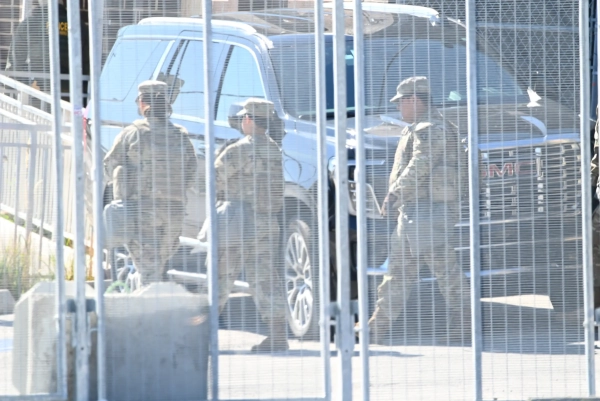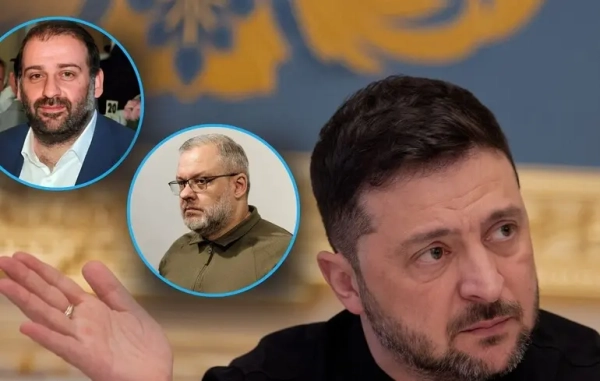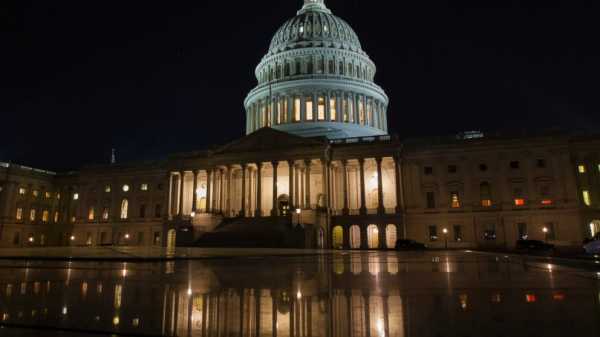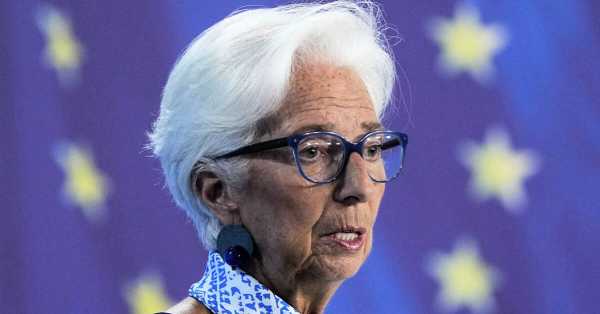
The European Central Bank left interest rates unchanged as it waits to see how badly US President Donald Trump's tariffs hit the economy before deciding whether to cut rates again.
The bank's governing board announced on Thursday at its headquarters in Frankfurt that it would keep its base deposit rate at 2%.
“Overall, the economy has demonstrated resilience in a challenging global environment,” bank President Christine Lagarde said at a news conference after the decision.
“At the same time, the situation remains extremely uncertain, especially due to trade disputes.”
The ECB has cut rates eight times since June last year, and Ms Lagarde said after its latest monetary policy meeting on June 5 that the central bank was “coming to the end of the monetary policy cycle”.
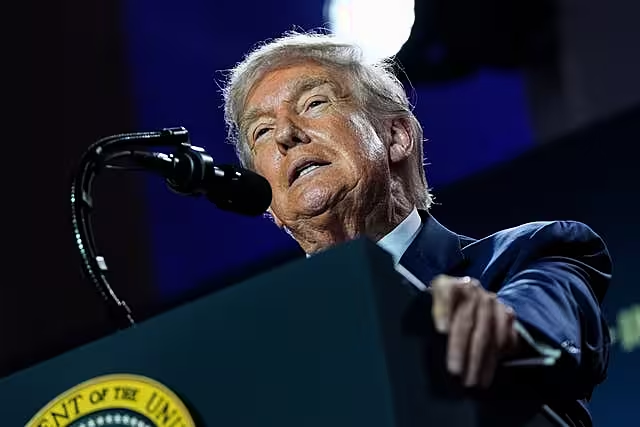
Monetary authorities in the 20 euro-using countries are cutting rates to support growth after raising them in 2022-23 to tamp down inflation caused by Russia's invasion of Ukraine and the economic recovery from the pandemic.
Analysts believe that with the benchmark rate now at 2%, below its record high of 4%, we may be in for another rate cut, but not until September.
The reason, analysts say, is that ECB policymakers simply do not know the outcome of negotiations between the EU executive commission and the Trump administration.
Mr Trump first imposed a 20% tariff on EU goods, then, expressing dissatisfaction with the progress of negotiations, threatened to impose a 50% tariff, and then sent a letter to EU officials informing them of a possible 30% tariff.
EU officials had previously expressed hopes of reaching at least a 10% baseline that applies to virtually all trading partners, and analysts believe the actual rate could be lower than Trump's tariff threats. The talks had been due to take place by August 1, but the earlier deadline was pushed back as the sides continued to negotiate.
With signs of economic activity holding up reasonably well, the ECB can afford to wait and see what the outcome of trade talks will be.
Higher tariffs or import taxes on European goods mean that sellers will either have to raise prices for U.S. consumers, risking losing market share, or accept additional costs in the form of lower profits.
In any case, higher tariffs will hurt European companies' export earnings and slow economic growth, strengthening the case for further rate cuts in September.
ECB rate cuts have helped support economic activity by reducing the cost of borrowing for consumers and businesses to buy goods. Higher rates have the opposite effect and are used to curb inflation by reducing demand for goods.
Eurozone growth in the first quarter was relatively strong at 0.6%, although this was partly due to rush deliveries of goods in an attempt to circumvent tariffs.
Inflation fell from double digits at the end of 2022 to 2% in June, in line with the ECB's target. The stronger euro, which lowers import costs, and lower global oil prices helped maintain a moderate inflation rate.
The euro's strength, which has risen 13% this year to $1.17, has attracted attention as a potential headwind, with ECB Vice President Luis de Guindos saying any sharp moves above $1.20 could be “much more difficult.”
But the ECB does not typically set a target exchange rate, and the euro's rise is seen less as a result of Europe's strength than as a result of the dollar's weakness, driven by investor uncertainty about the future path of inflation, growth and government debt in the United States.
Sourse: breakingnews.ie

